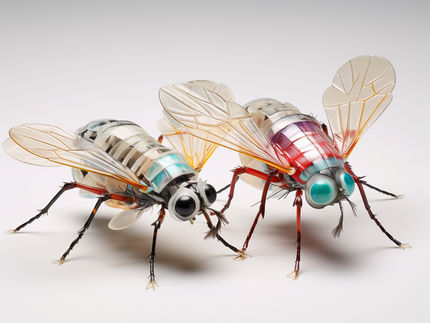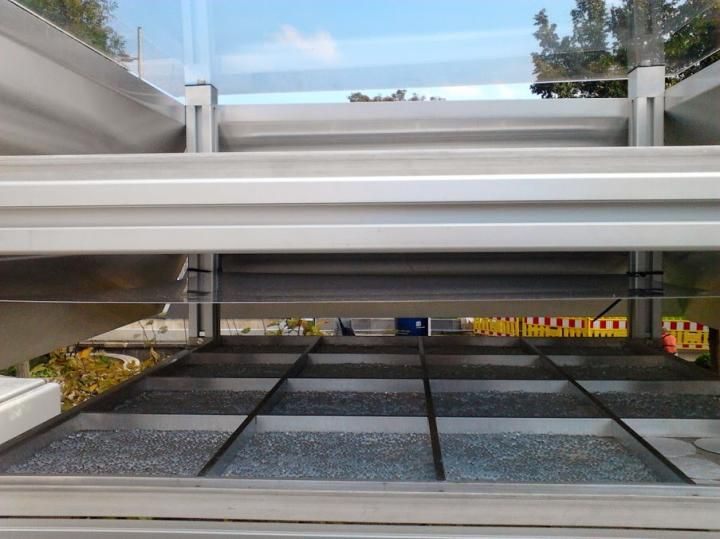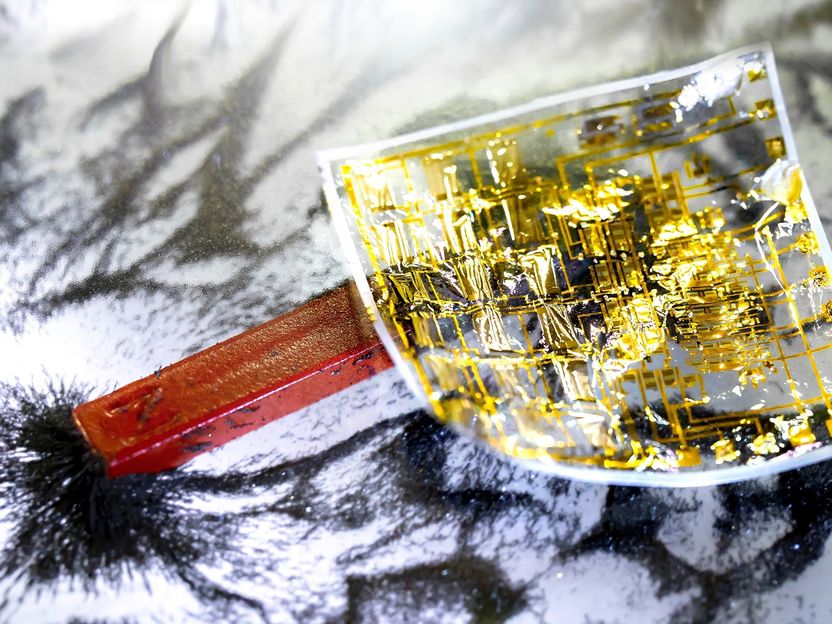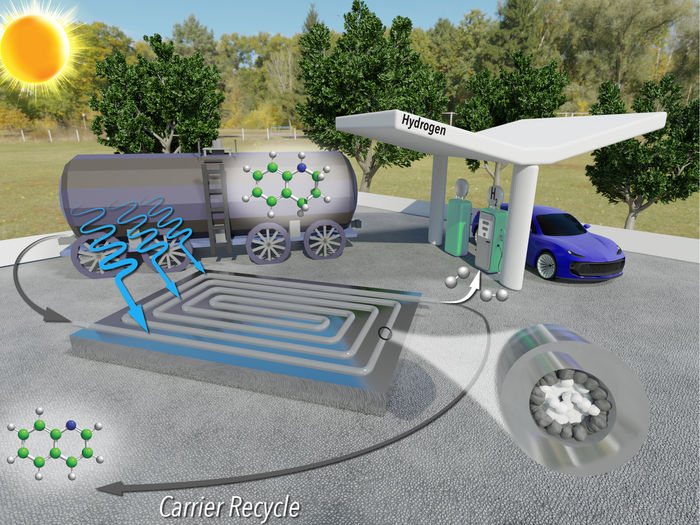Bioinspired material to oust plastics
Tough, strong and heat-endure
Advertisement
Modern life relies closely on plastics, even though the petroleum-based production creates serious environmental challenges. The industry opts out to use sustainable materials due to their limited mechanical properties or complex manufacturing processes. An advanced strategy to design and produce high-performance sustainable structural materials is of great need.
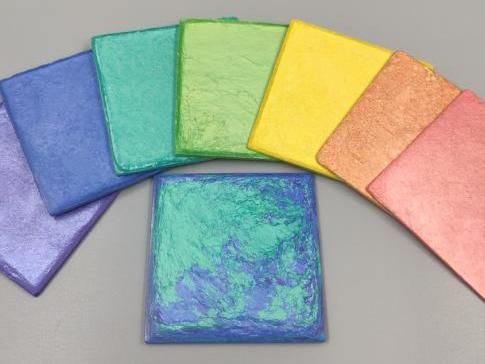
Based on different commercially available raw materials (e.g., TiO2-mica, Fe2O3-mica), a variety of all-natural bioinspired structural materials with different colors can be fabricated.
GUAN Qingfang
A new bioinspired material is here to overtake petroleum-based plastics. A team led by Prof. Shu-Hong Yu from the University of Science and Technology of China (USTC) reports a method to manufacture materials with similar structure as nacre from wood-derived fiber and mica, with adaption to mass production, good processability, and tunable coloration.
Natural nacre has a hierarchically ordered structure at multiscale levels, just like bricks and mortar, enabling it to be of both strength and toughness. Inspired by nacre, the researchers mimic the ordered brick-and-mortar structure using the TiO2 coated mica microplatelet (TiO2-mica) and cellulose nanofiber (CNF) by the proposed directional deforming assembly method.
This method directly presses the hydrogel of TiO2-mica and CNF, while keeps the size on in-plane directions unchanged. The thickness of the hydrogel is dramatically reduced and materials are directly constructed with the highly ordered brick-and-mortar structure.
At the nanoscale, the TiO2 nano-grains on the surface of TiO2-mica lead to efficient energy dissipation by frictional sliding during TiO2-mica pull-out. All the hierarchically ordered structure at multiscale levels contribute to the load redistribution and toughness enhancement.
The obtained materials have excellent strength (~281 MPa) and toughness (~11.5 MPa m1/2), which are more than 2 times higher than those of high-performance engineering plastics (e.g., polyamides, aromatic polycarbonate), making it a strong competitor to petroleum-based plastics.
Even better, these materials adapt to temperature ranging from -130 °C to 250 °C, while normal plastics easily get soft at high temperature. Therefore, such materials are safer and more reliable at high or variable temperatures.



